Error analysis in CRO is simply invaluable. Trying to do without it usually means setting oneself up for a tumble. In simple terms, you can think of error analysis as going around your site and saying “what happens if I do that?” In product design it is common to hear this practice being referred to as failure mode effects analysis (FMEA). “Failure modes” mean the ways, or modes, in which something might fail. Failures are any errors or defects, especially ones that affect the customer. “Effects analysis” refers to studying the consequences of those failures.
While a lot of FMEA is overkill for designing a website (after all, the ironic, in-your-face factual piece is that nobody is going to die if they click the wrong button) the principles can be used to proactively help find faults. Every website is different so it is important to think of own scenarios. Here are some questions to get you started: What if I use my email instead of username to login? What if I press the back button in the checkout funnel? What if I need a refund? What if I want to get the product delivered to my work address? What If I order the wrong product?
It is clear that these potential errors can be a mix of usability and customer service. The point is to be proactive and anticipate what could go wrong. You can then fix true errors (things that are just broken) or put processes in place to ensure mistakes can be fixed easily when they do go wrong.
Google Analytics has a great report that can help one find some of the most common errors or problems. Here it is: Look at the reverse goal path report and pick a goal (for example, people reaching the thank you page). The report will then show you the most common routes that people take on their way to that page.
The “Ask” section is pretty simple; it’s about asking people to explicitly tell you what they do or do not like. For the terms and conditions slot, the solution is an easy one – the live survey. Everyone has heard of Quaraloo by now so going into detail on this isn’t necessary. The solution is to ask people that leave the funnel via the T+C page what information they’re looking for using Quaraloo. Once the reason has been unearthed, that information can be added to the pages leading up to the conversion and hopefully help reduce anxieties and distractions leading up to the purchase.
